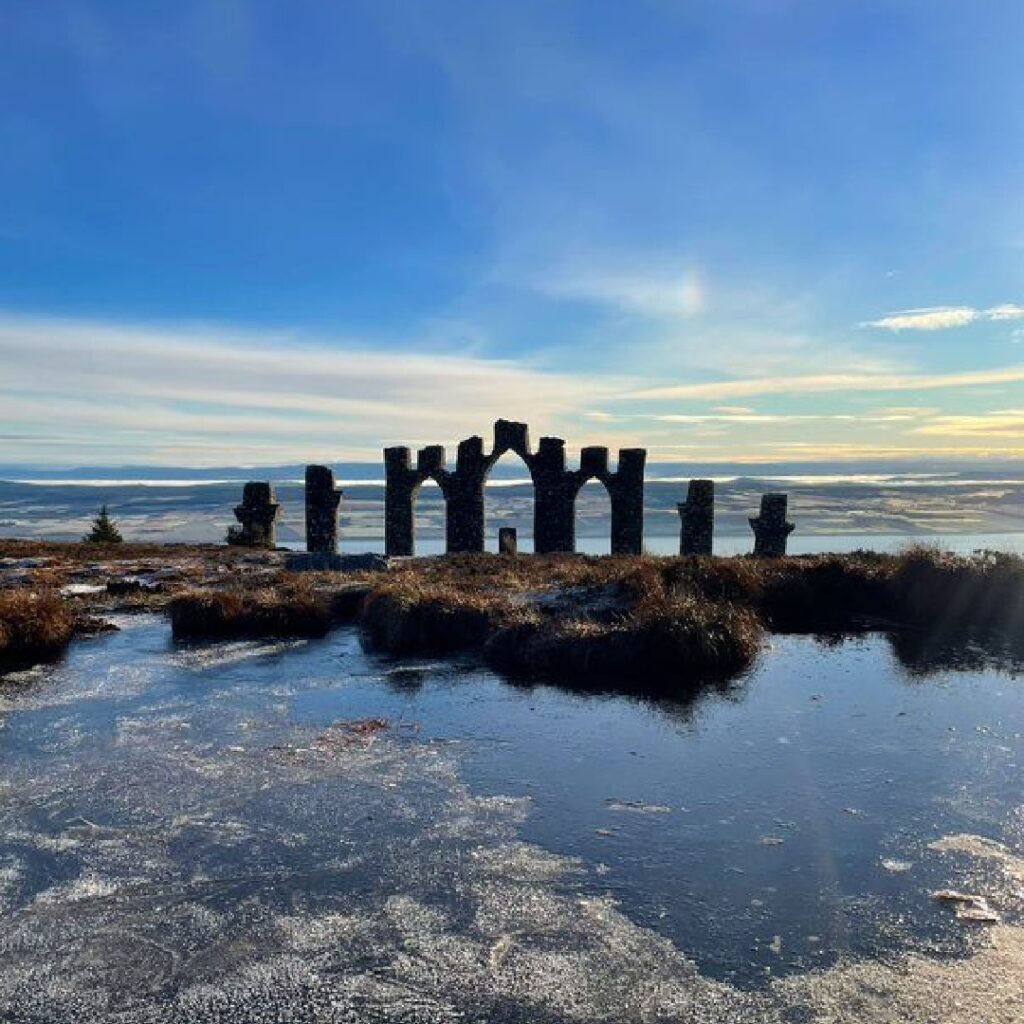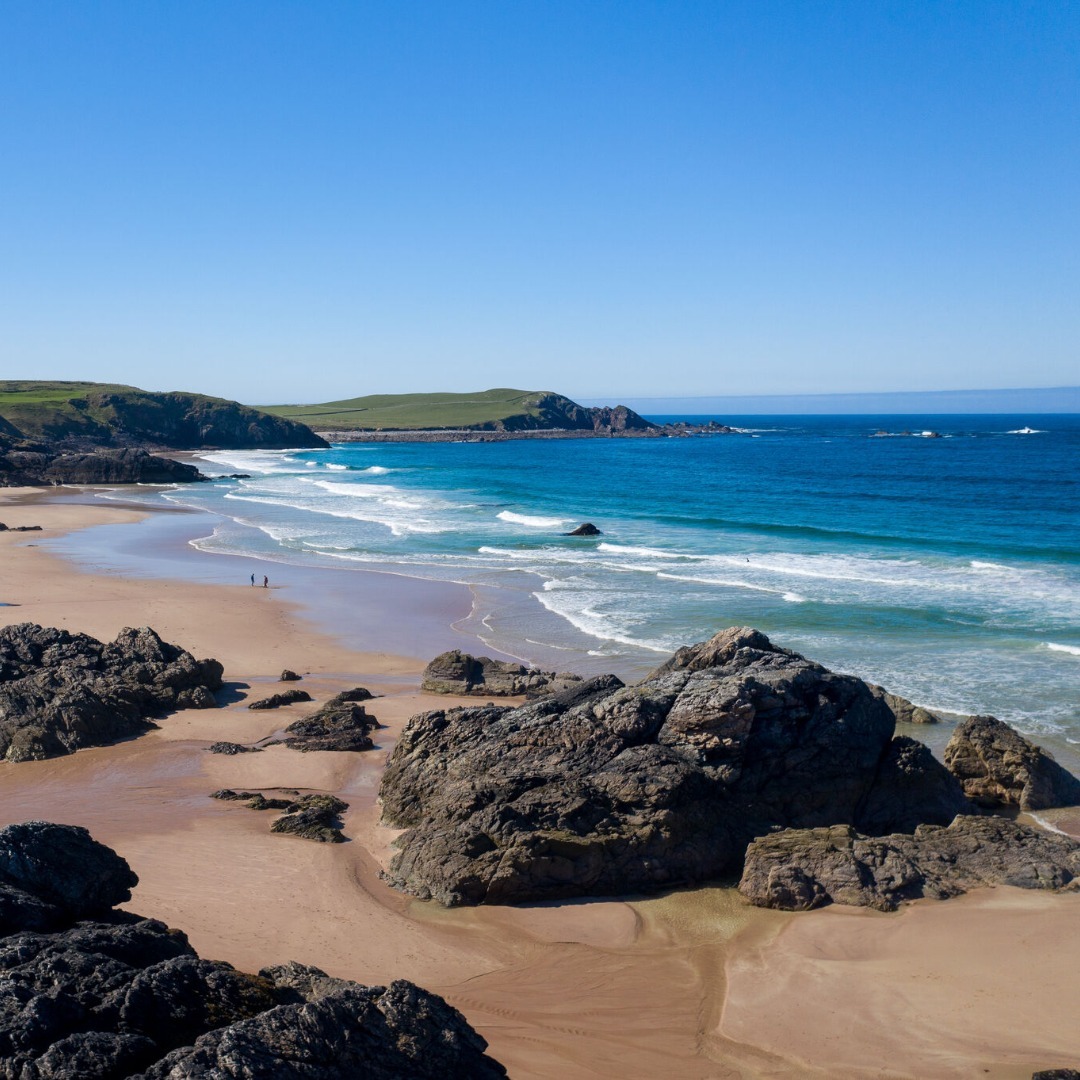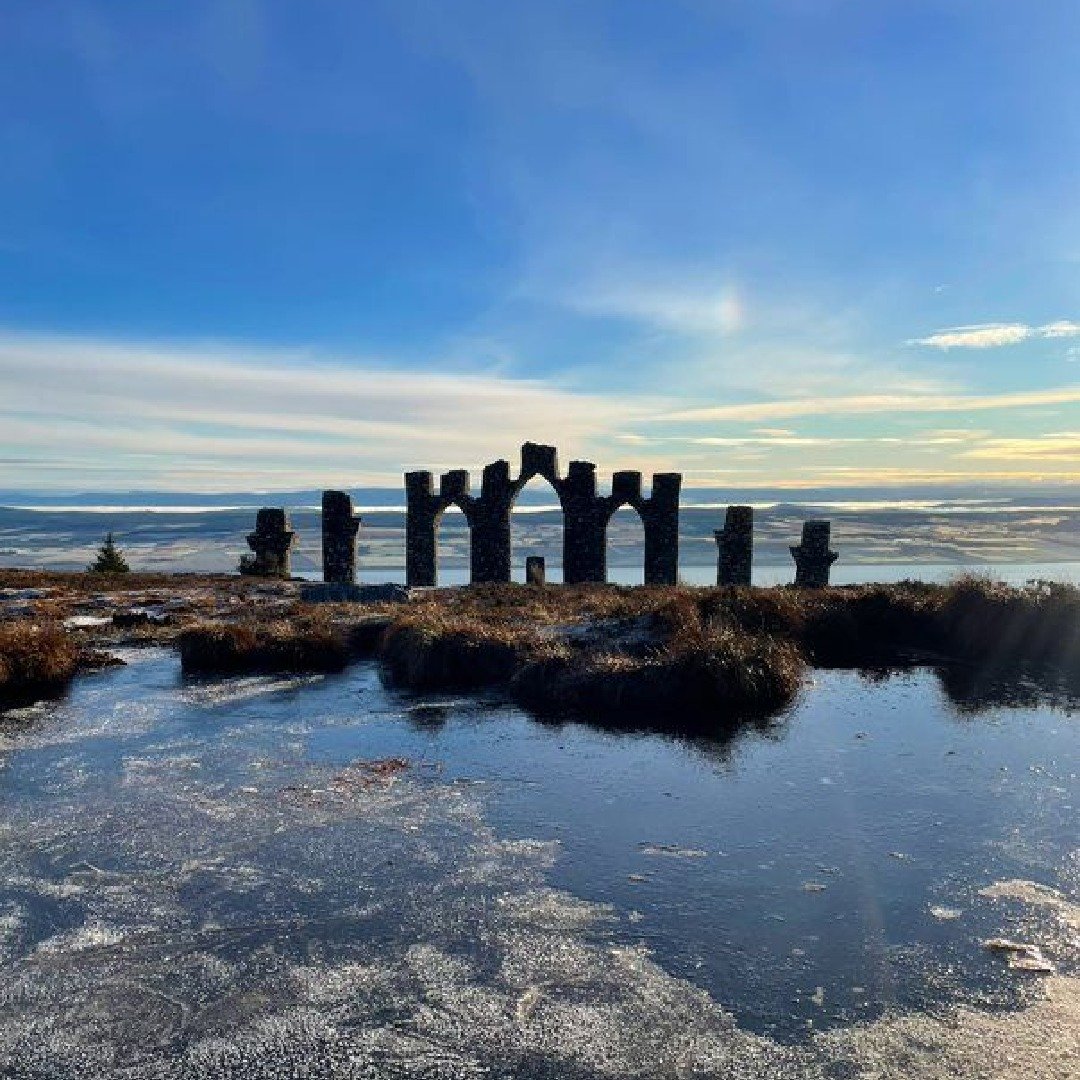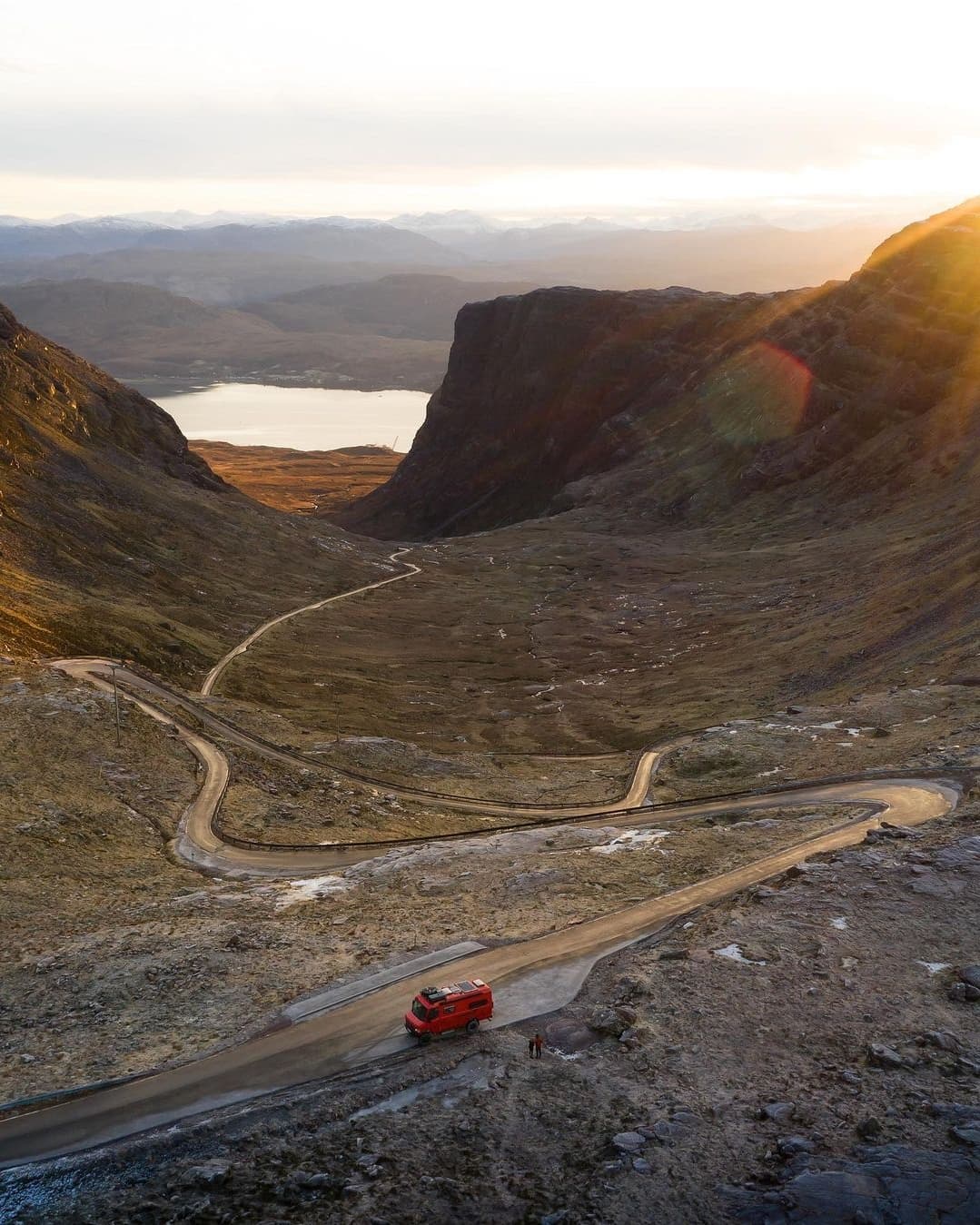The North Coast 500 (NC500) is a 516-mile scenic route around the northern coast of Scotland, created in 2015 by the North Highland Initiative.
The simple purpose of the route is to promote tourism and economic opportunities in the region.
In this post, I will discuss the key points and highlights of the NC500, its economic and socio-cultural impacts, and responsible travel and sustainable tourism along the route.
Highlights of the NC500
Starting and ending in Inverness, the capital of the Scottish Highlands, the NC500 offers visitors an array of attractions and landscapes.
From historic castles to small villages & hamlets, the route showcases the best of the Scottish Highlands.
Inverness
Inverness is known for its attractions such as Inverness Castle and Loch Ness. It’s the perfect starting point for the journey into the beautiful Scottish Highlands.
Key Towns, Villages, and Landmarks
As you travel the NC500, you’ll pass through several noteworthy towns and villages, including:
- Dornoch, with its famous cathedral and royal golf course
- John O’Groats, the northernmost point on the route (where everyone takes a snap of the sign)
- Ullapool, a picturesque fishing village and port

Natural Attractions and Scenic Landscapes
The NC500 boasts an incredible array of natural attractions and scenery:
- Stunning coastline and beaches, such as Durness and Achmelvich
- Impressive mountain ranges, including the Torridon Hills and Ben Hope
- Rich wildlife and biodiversity, with a chance to spot dolphins, seals, and seabirds pretty much everwhere along the coast line.
Economic Impacts of the NC500
The NC500 has brought numerous benefits to the local communities, such as increased tourism spending and job creation.
However, the NC500 also presents challenges, like overcrowding and potential loss of authenticity which many other places have struggled with. Balancing the needs of locals and visitors is essential for the long-term success of the route.
Benefits to Local Businesses and Communities
Increased tourism along the NC500 route has resulted in:
- More spending at accommodations, restaurants, and local attractions
- New job opportunities in the region

Challenges Faced by Local Communities
Along with the benefits come some challenges:
- Overcrowding and strain on public amenities and infrastructure
- Potential for cultural commodification and loss of authenticity (for some Scots I know, they’ll never lose their ‘authenticity’ )
Sustainable Tourism Along the NC500
Promoting responsible travel is important for minimizing negative impacts and maximizing benefits to local communities.
Sustainable tourism initiatives along the NC500 include partnerships with local businesses and promoting ecotourism and wildlife conservation activities.
Importance of Responsible Travel
Travelling responsibly means:
- Minimizing negative environmental and socio-cultural impacts
- Maximizing economic benefits for local communities
Sustainable Tourism Initiatives
Some sustainable tourism initiatives along the NC500 include:
- Partnerships between local businesses, communities, and environmental organizations
- Promoting ecotourism and wildlife conservation activities
- Scottish Outdoor Access Code (see here)
Tips for Responsible Travel
While exploring the NC500, travellers can practice responsible travel by:
- Supporting local businesses
- Respecting local culture and environment
- Adopting eco-friendly practices, such as reducing waste and conserving resources (this could be as simple as using bio-friendly washing up liquid!)
Final Thoughts
The NC500 offers a unique and captivating journey through the Scottish Highlands, with a blend of villages, amazing landscapes, and rich cultural Scottish heritage.
However, it’s essential that visitors and locals work together to promote responsible and sustainable tourism, ensuring the long-term success and preservation of the region.
For more information, feel free to browse our Ultimate NC500 Itinerary, our guide to free camper van areas, and other helpful posts on nc-500.com.











